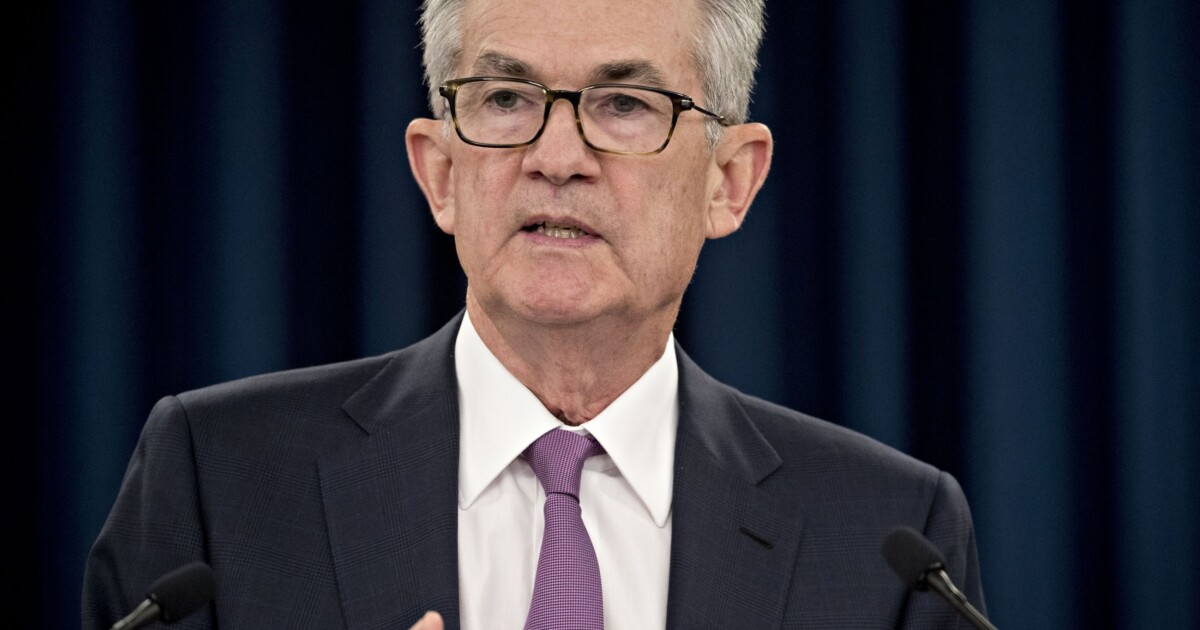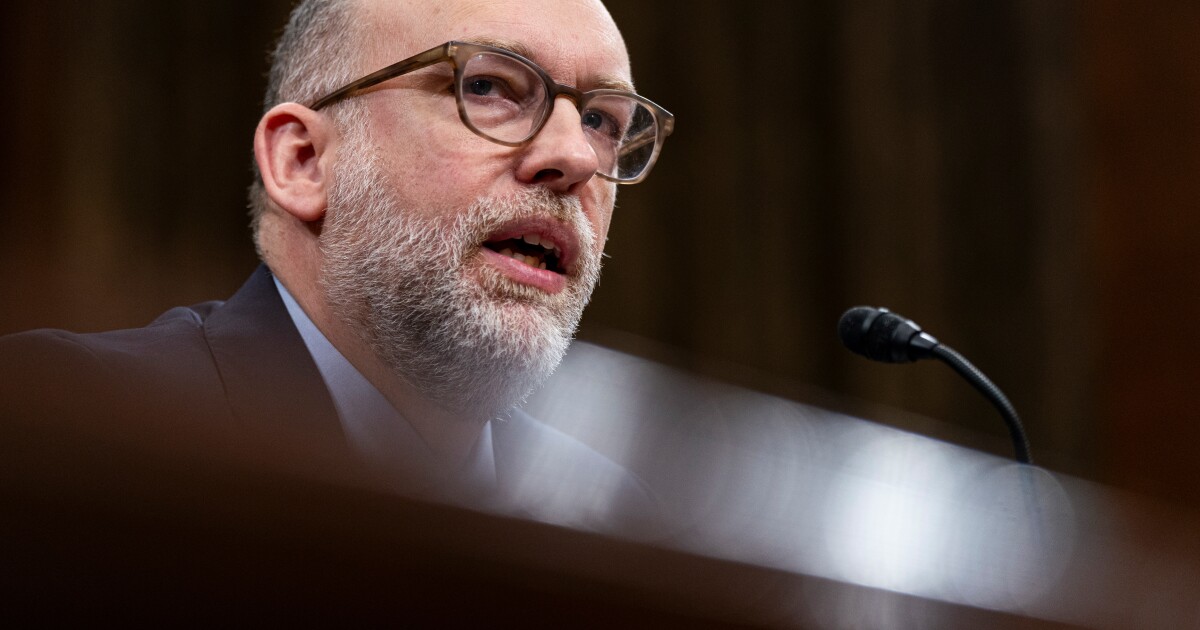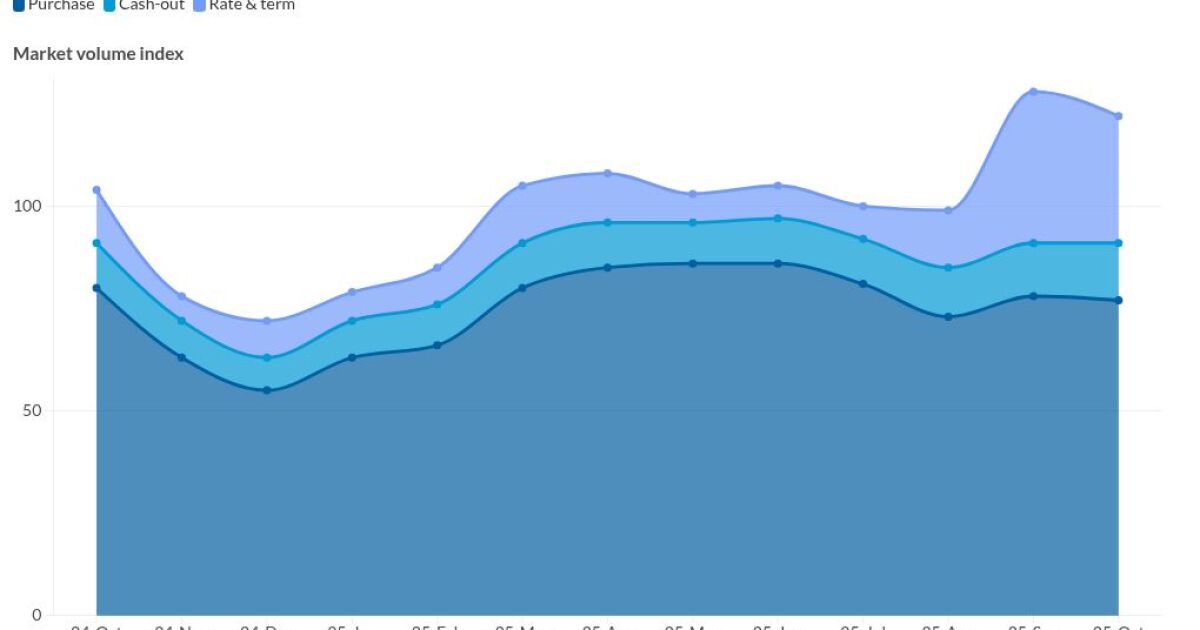
WASHINGTON — Federal Reserve Chair Jerome Powell acknowledged that the so-called "lock-in" effect has contributed to stagnation in the mortgage lending market and the nation's broader housing woes, but he said he doesn't regret the central bank's monetary policy moves that played a major role in the problem.
By some estimates, more than 90% of homeowners have locked in mortgage rates below 6%, with many paying less than 4% on loans made while the Fed held interest rates near zero. The disparity between those rates and current market rates, currently north of 7%, is discouraging some homeowners from selling their properties out of a fear of taking on a more expensive mortgage to purchase their next home.
Powell said that dynamic is "one of the explanations for what's happening broadly in the [housing] market," but it likely would not make the Federal Open Market Committee think twice about bringing interest rates to their lower bound again, should economic conditions warrant such a move.
"Would that play a role in our decision-making … in a future loosening cycle about whether we would cut rates? No, I don't think it would," Powell said. "I think we'd be looking at what, fundamentally, what rates does the economy need. And you know, in an emergency like the pandemic or the global financial crisis, you have to cut rates to the point, you have to do what you can to support the economy. So, I wouldn't think that that would be a reason for us not to do that."
Powell's comments came during a press conference following Wednesday's FOMC meeting.
He also noted that housing supply is "structurally constrained," creating long-term affordability issues for purchasers and renters alike. Still, Powell said he expects to see positive developments in housing inflation as new asking rents are conveyed into leases.
"In terms of where inflation is going in the near term … a lot of it is leases that are running off and then being resigned or released at a level that's not that much higher," he said. "A year ago it would have been much higher than a year before. … As those leases are rolling over, we're seeing what we expect, which is measured housing services inflation coming down."
Powell also addressed a recent rise in credit card balances — which surpassed $1 trillion last month — and consumer debt loads. He noted that rapid price inflation often causes lower-income households to rely more heavily on borrowing to cover day-to-day needs, but he said recent trends have not been a particular cause for concern.
"Measures of distress among consumers were at historic lows until quite recently, during the pandemic. They're now moving back up to normal," Powell said. "We're watching that carefully, but these readings are not at a troublingly high level."
During the meeting, the FOMC voted to hold the target range for the federal funds rate steady at between 5.25% and 5.5%, continuing a pattern of alternating between 25 basis point hikes and pauses that dates back to May.
The decision to hold rates steady follows a string of largely positive economic data reports in recent months, which show labor conditions normalizing and the cost of goods and services increasing less sharply than they did last year.
"Looking ahead, we're in a position to proceed carefully in determining the extent of additional policy firming that may be appropriate," Powell said.
The FOMC's quarterly summary of economic projections — which surveys the Federal Reserve Board's seven governors and the presidents of the 12 regional reserve banks — shows that participants anticipate no more than one rate hike to come from the two remaining meetings this year.
Seven participants said the target range has already reached its terminal level for the year, while 12 said another hike was in order. This is a slight uptick from the June summary of economic projections in which just nine participants called for another rate hike this year — though this month's survey featured one more voting member than June's, with the addition of Gov. Adriana Kugler to the board earlier this month.
Most of the officials surveyed project at least one rate cut next year, with 13 saying the midpoint of the appropriate target range will be 5.125% or lower. Four expect the target range to maintain its current 5.375% midpoint. Only one participant called for a significantly higher midpoint for next year, forecasting a mid-point of 6.125%.
"These projections, of course, are not a committee decision or plan. If the economy does not evolve as projected, the path of policy will adjust as appropriate to foster our maximum employment and price stability goals," Powell said. "We will continue to make our decisions meeting by meeting, based on the totality of the incoming data and their implications for the outlook of economic activity and as well as the balance of risks."
Overall, expectations around the federal funds rate for 2025 and 2026 were slightly higher for this quarter's report than last quarter's, indicating a belief that rates will need to remain higher for longer.
"The decrease in the number of cuts in 2024 is one of the more telling changes this month," said Vanguard Senior Economist Andrew Patterson in an analyst note. "It means, combined with the increase in growth expectations and cut in unemployment rate for that year, that the Fed is increasingly confident that they can pull off a soft landing and that the economy can withstand higher rates for longer."



